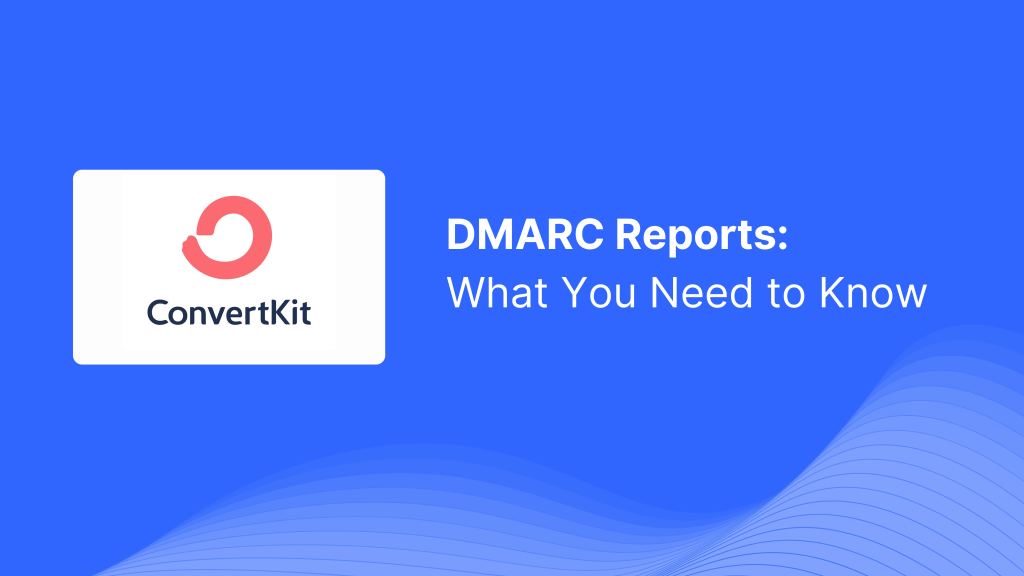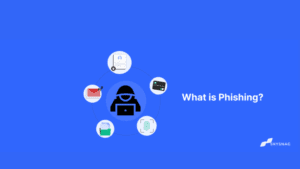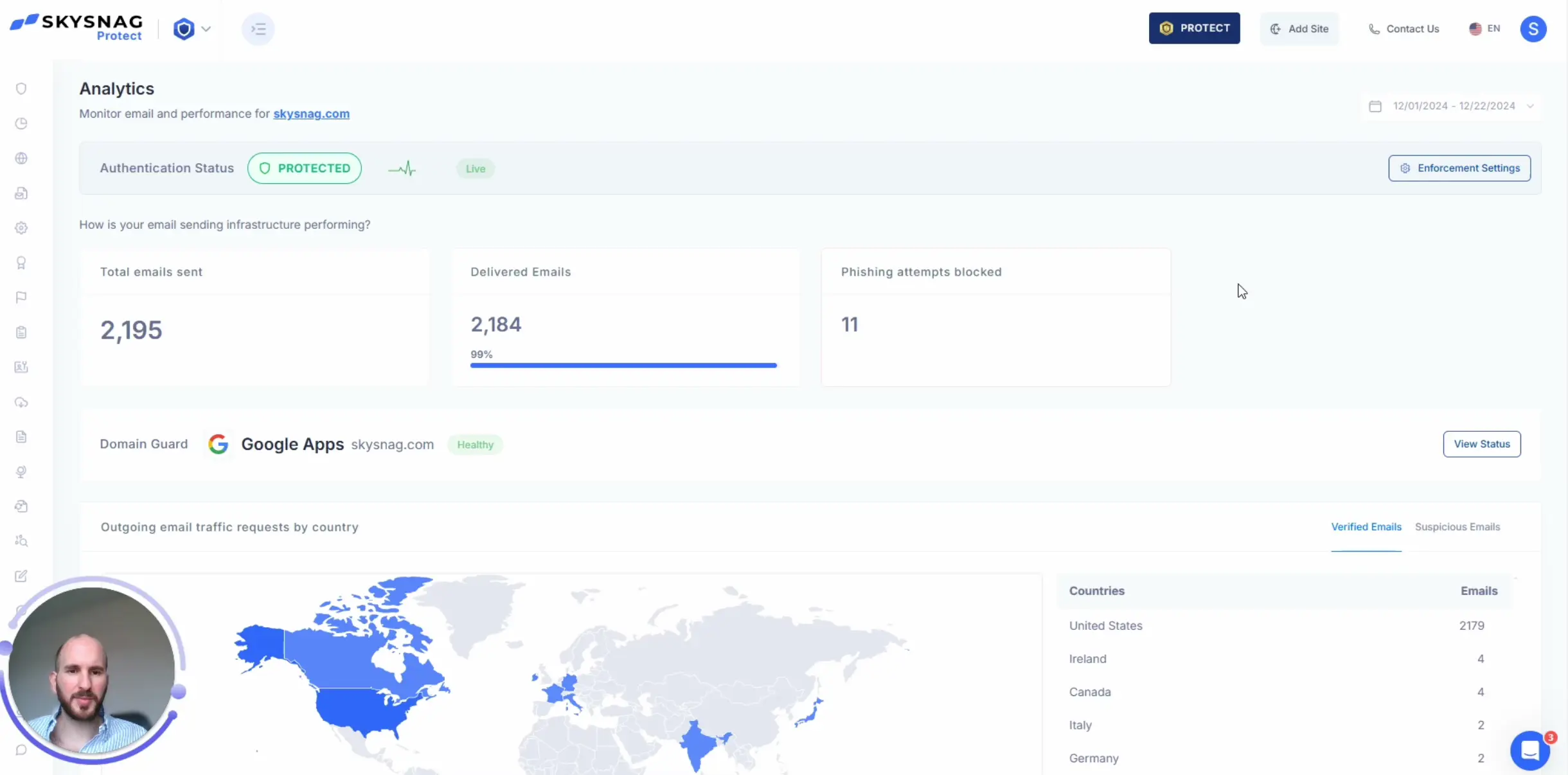DMARC Report Received from ConvertKit: What You Need to Know

Understanding DMARC Reports from ConvertKit
ConvertKit is a widely-used email marketing platform tailored for creators and entrepreneurs to send newsletters, promotional emails, and manage audience interactions. To ensure that emails sent through ConvertKit are properly authenticated, DMARC (Domain-based Message Authentication, Reporting & Conformance) reports provide valuable insights into how recipient servers handle your emails based on SPF and DKIM checks. Monitoring and acting on these reports is essential for maintaining your domain’s security and deliverability, protecting against phishing and spoofing attacks.
Key Components of ConvertKit DMARC Reports:
1. Source IP Address: Displays the IP address from which ConvertKit sent your emails. This helps you confirm that your emails are coming from authorized ConvertKit IPs and not from any malicious sources trying to spoof your domain.
2. DKIM Alignment Results: Indicates whether the DKIM signature in the email aligns with the domain in the “From” header. ConvertKit supports DKIM signing, and ensuring DKIM alignment is crucial for passing DMARC checks and maintaining email deliverability.
3. SPF Alignment Results: Verifies whether the sending IP from ConvertKit is authorized by your domain’s SPF record. Proper SPF alignment helps prevent unauthorized sources from sending emails on behalf of your domain.
4. Disposition: Tells you how the recipient server handled the email (e.g., delivered, quarantined, or rejected) based on your DMARC policy settings.
5. Message Count: Provides the number of emails that met specific criteria and were sent from a particular IP, allowing you to track your email campaigns and monitor for any suspicious or unauthorized activity.
Automating DMARC Parsing for ConvertKit
Since ConvertKit users often manage large-scale email campaigns, manually parsing DMARC XML reports can be a cumbersome task. Automating the process with tools like Skysnag makes it easier to monitor DMARC compliance and identify issues, improving overall email security.
– Data Aggregation Across Providers: If you are using ConvertKit alongside other email marketing services, Skysnag can aggregate DMARC reports from multiple providers into a unified view. This allows you to manage and assess your email authentication efforts across various platforms seamlessly.
– Visualizing Key Metrics: Skysnag transforms the raw DMARC XML data from ConvertKit into visual dashboards that display critical metrics such as DKIM/SPF pass rates, unauthorized email attempts, and the most active sending IPs. This helps you quickly assess the health of your email campaigns and spot potential issues.
– Automated Incident Response: With real-time alerts from Skysnag, you’ll be notified immediately when ConvertKit emails fail DMARC checks, such as SPF or DKIM misalignment. This allows for prompt remediation, such as updating DNS records or blocking suspicious IP addresses, ensuring continued email deliverability.
– Forensic Reporting: Some DMARC reports include detailed forensic data, such as full headers from failed email authentications. For ConvertKit users, this level of insight can help diagnose why certain emails aren’t passing authentication and help you improve email security practices.
Ensuring Proper DMARC Alignment for ConvertKit
To ensure optimal DMARC effectiveness and maintain high email deliverability for ConvertKit, it’s essential to ensure that both DKIM and SPF align with the domain specified in the “From” header. Misalignment can cause emails to be quarantined or rejected by recipient servers, even if other checks pass. Proper DMARC alignment helps prevent misuse of your domain and protects your email campaigns from being flagged.
Skysnag’s Custom Solutions for ConvertKit:
– DKIM Key Management: Skysnag helps ensure that your DKIM keys are correctly aligned and up-to-date for emails sent through ConvertKit. If there are any DKIM misalignments or outdated keys, Skysnag will alert you, allowing you to quickly resolve the issue and maintain DMARC compliance.
– SPF Flattening: Using multiple email platforms like ConvertKit can result in complex SPF records, which can exceed DNS lookup limits. Skysnag automates SPF flattening, optimizing your SPF record and preventing authentication failures due to excessive DNS lookups.
– Policy Recommendations: Based on insights from your ConvertKit DMARC reports, Skysnag can provide recommendations for improving your DMARC policy, such as transitioning from “none” to stricter enforcement policies like “quarantine” or “reject.” This enhances your domain’s protection against spoofing and phishing attacks while maintaining email deliverability.
By automating DMARC parsing and providing customized solutions for ConvertKit users, tools like Skysnag help ensure that your emails are authenticated properly, securely delivered, and protected from unauthorized use, all while maximizing your domain’s reputation and email campaign success.





